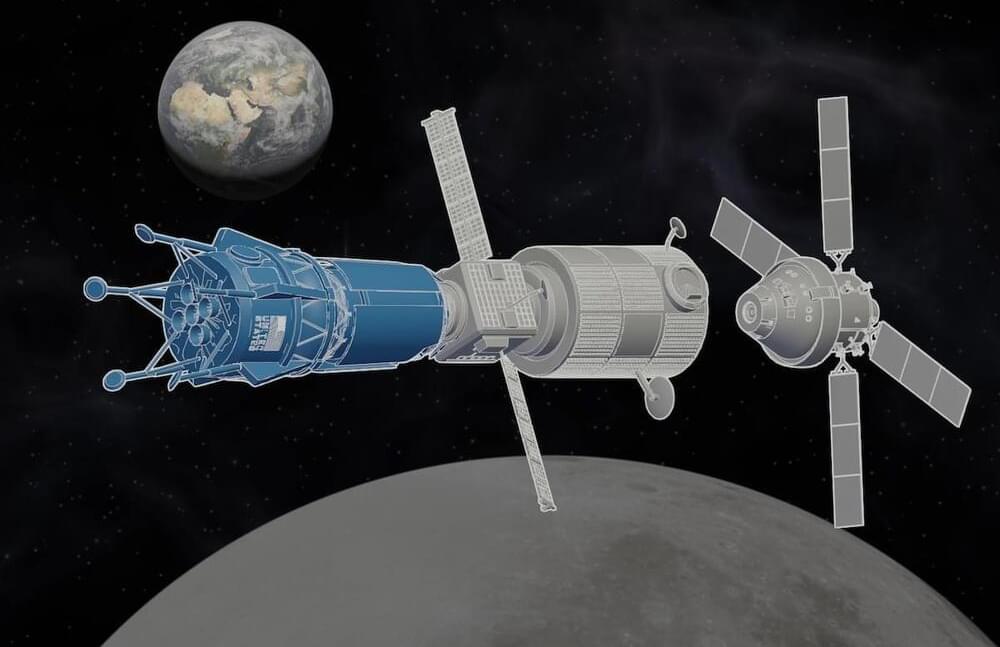Researchers grew tobacco in soil samples taken from the Moon in a major breakthrough.
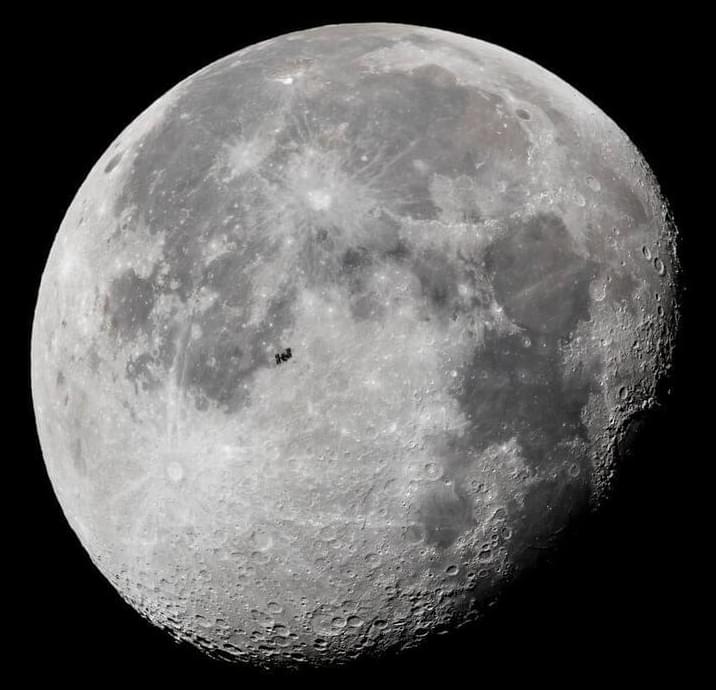


A team of surgeons in New York has performed the world’s first transplant of an entire eye in a procedure widely hailed as a medical breakthrough, although it isn’t yet known whether the man will ever see through the donated eye.
The groundbreaking surgery involved removing part of the face and the whole left eye—including its blood supply and optic nerve—of a donor and grafting them onto a lineworker from Arkansas who survived a 7,200-volt electric shock in June 2021.
Aaron James, 46, suffered extensive injuries including the loss of his left eye, his dominant left arm above the elbow, his nose and lips, front teeth, left cheek area and chin.
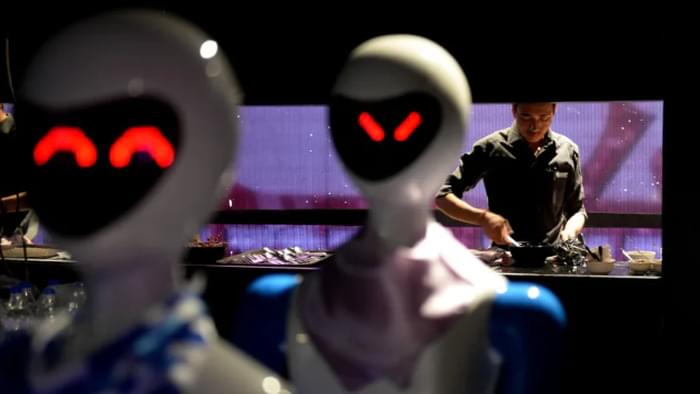
More than 10 Chinese companies this year have revealed innovations related to humanoid robots, he noted, adding that China already has some supporting facilities from developing industrial robots.
Beijing has set aside about 10 billion yuan (about $1.4 billion) to fund the robotic development. On Nov. 6, China opened the first provincial-level innovation center on humanoid robots in the country’s capital to work on solving pressing “key common problems,” including an operation control system, open source software, and robot prototypes.
At least one Chinese company, Jiangsu Miracle Logistics System Engineering Co., has promised to introduce its first humanoid robot by the end of the year. Chinese securities brokerage firm Zheshang Securities estimates that the humanoid robot market will have a demand for 1.77 million machines by 2030.
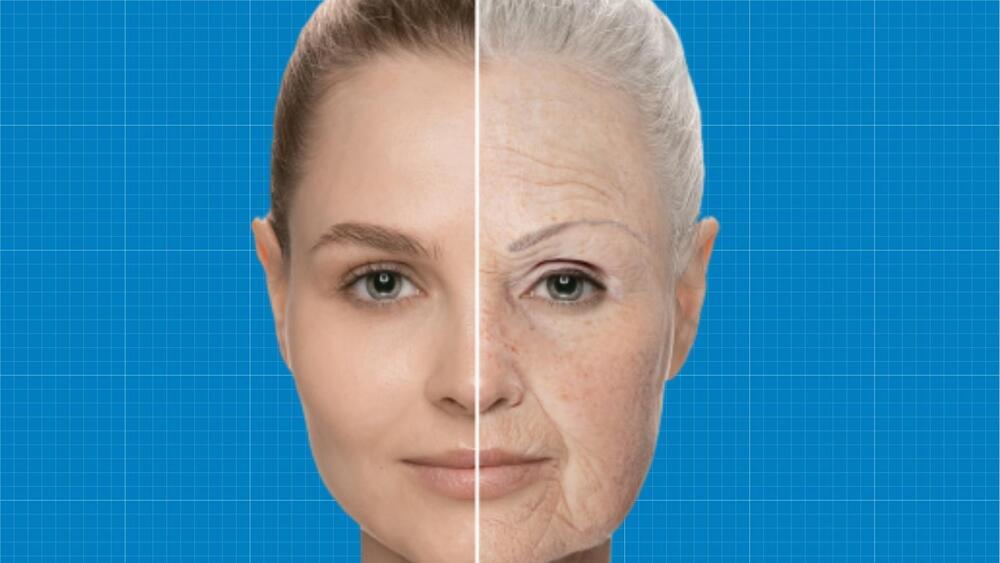

The device shows promise in a 62-year-old advanced-stage Parkinson’s patient.
In a major medical development, a man battling Parkinson’s disease has defied the odds and regained the ability to walk, thanks to a pioneering implanted device in his spinal cord.
The remarkable breakthrough promises new hope for countless individuals worldwide who have been affected by Parkinson’s disease and its associated debilitating walking difficulties.
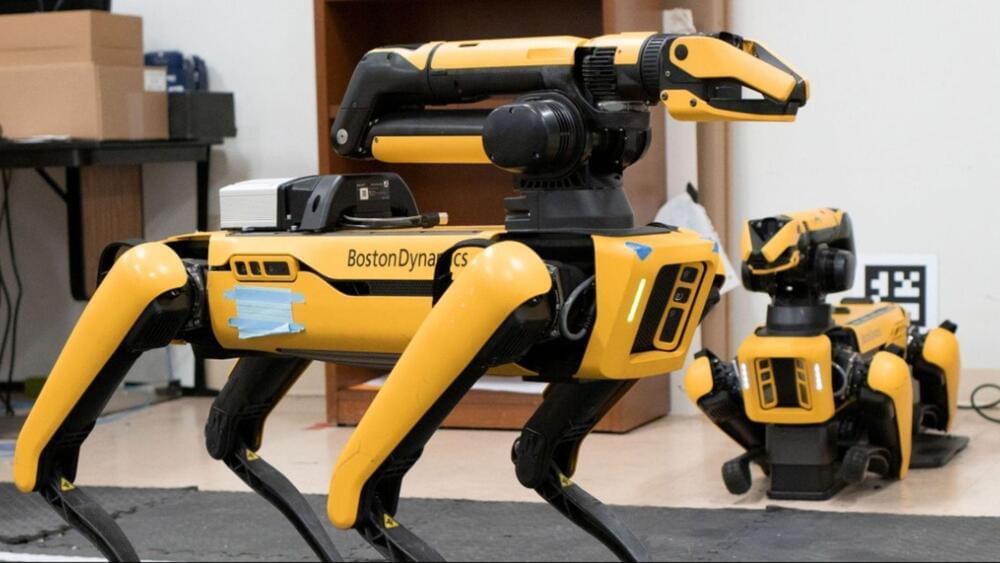
Discover the cutting-edge AI system revolutionizing human-to-robot communication, breaking barriers in understanding nuanced instructions.
In a groundbreaking development at Brown University’s Humans to Robots Laboratory.
This innovative system eradicates the longstanding challenges in enabling robots to comprehend and act upon human instructions presented in everyday language, according to a university release.

Bluetti, a leading US solar and storage specialist, has announced the launch of its groundbreaking EP760 battery system, offering a highly customizable energy storage solution for residential settings. This innovative system introduces a modular design that allows users to stack up to four lithium iron phosphate (LFP) battery modules, providing a flexible energy storage capacity of 9.9 kWh to 19.8 kWh.
Unlike traditional fixed-capacity battery systems, the EP760 offers adaptability and scalability, enabling homeowners to tailor their energy storage setup to meet their specific needs. By combining the EP760 with two to four B500 battery packs, users can create an energy storage system ranging from 9,920 Wh to a maximum of 19,840 Wh. With the ability to deliver up to 7,600 W of single-phase power in grid or off-grid mode, the EP760 ensures reliable and efficient operation.
Bluetti’s EP760 comes equipped with several advanced features that make it an ideal choice for residential applications. The system’s intelligent peak load shifting feature allows homeowners to take advantage of off-peak electricity pricing by charging the battery system when grid electricity is cheap and discharging it during peak hours, reducing overall energy costs. Additionally, the EP760 can be seamlessly integrated with existing or future solar systems, supporting up to 9,000 W of solar charging.

Apple CEO Tim Cook pushed back a bit at the notion that the company was behind in AI on yesterday’s Q4 earnings call with investors, as he highlighted technology developments that Apple had made recently that “would not be possible without AI.” Specifically, the exec pointed to new iOS 17 features like Personal Voice and Live Voicemail as examples of its innovation with AI technologies. In addition, Cook confirmed Apple was working on generative AI technologies.
The features Cook called out aren’t necessarily thought of as AI by consumers, and that may be by design. Cook suggested that Apple doesn’t label the features as “AI” necessarily.
“We label them as to what their consumer benefit is,” Cook said. “But the fundamental technology behind it is AI and machine learning.”
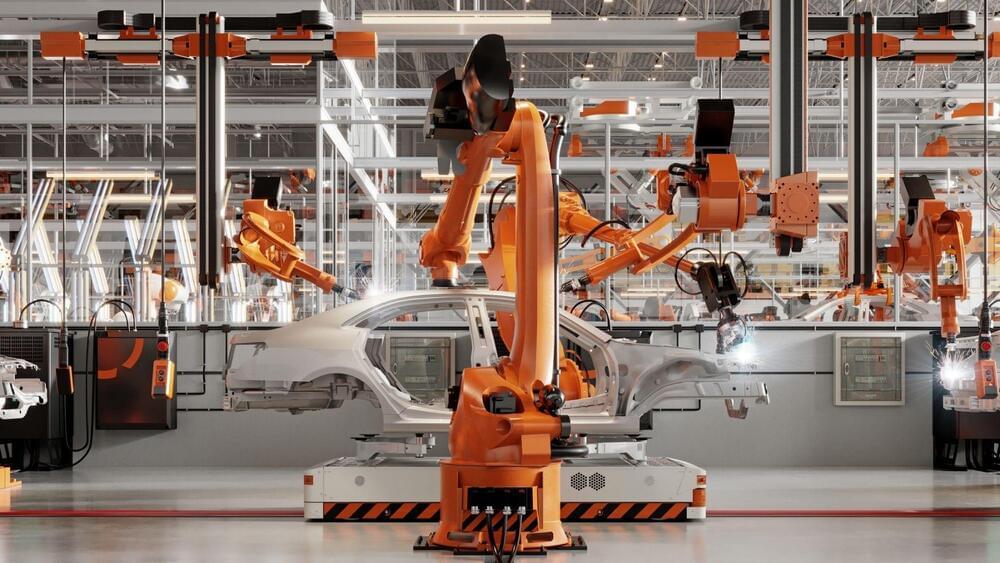
Siemens and Microsoft team up to introduce the Siemens Industrial Copilot and enhance human-machine collaboration.
Microsoft and Siemens have unveiled a groundbreaking partnership aimed at leveraging generative AI to revolutionize industries on a global scale, Microsoft announced.
This collaboration introduces the Siemens Industrial Copilot, an AI-powered assistant designed to enhance human-machine cooperation, particularly in the manufacturing sector significantly. The joint initiative represents a substantial leap forward in AI technology, intending to accelerate innovation and streamline operations across diverse industries.
